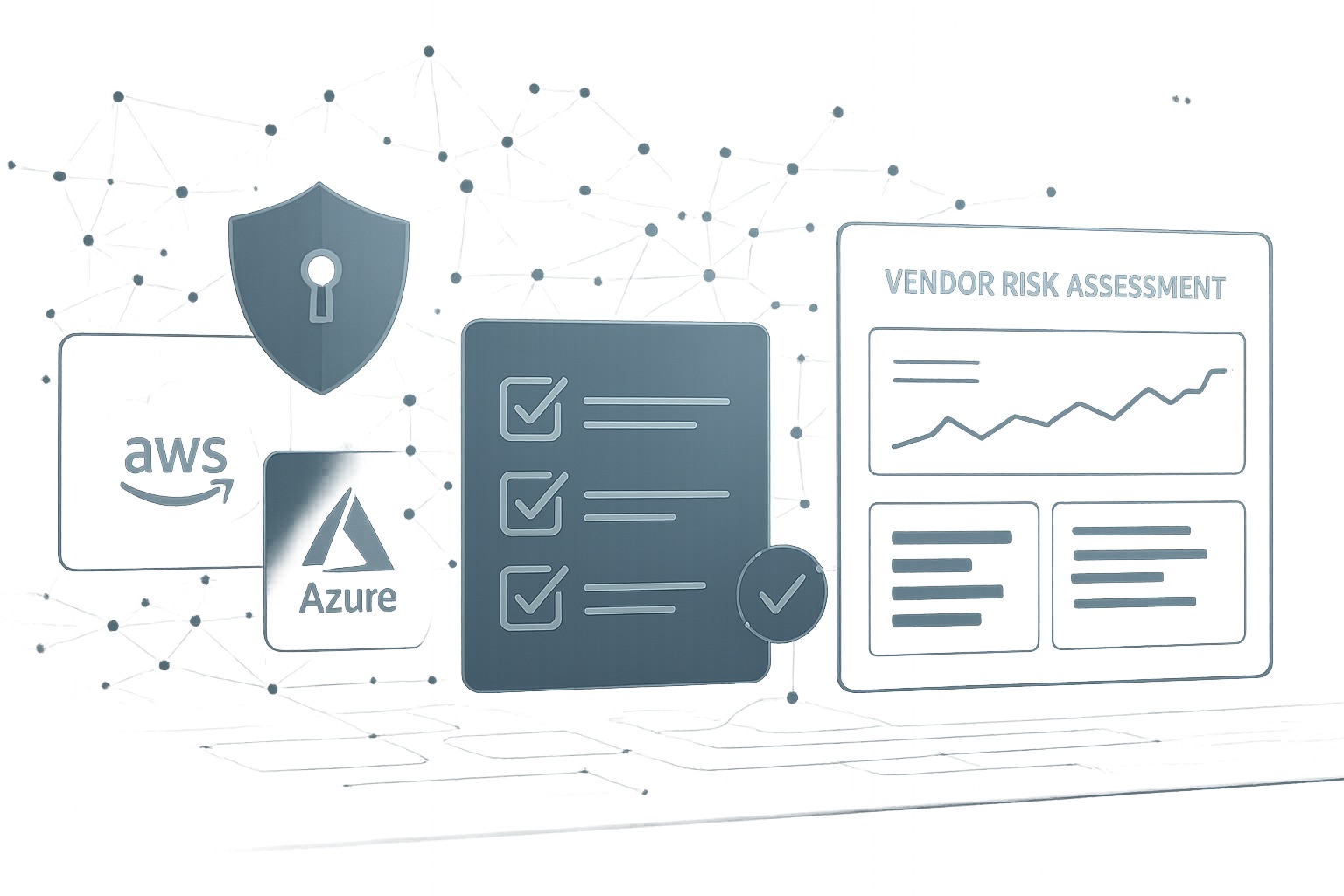

In today’s complex cybersecurity environment, internal controls are the foundation of a strong cybersecurity strategy. Implementing multiple layers of security controls might offer a sense of security, but as threats rapidly evolve, some controls may quickly become ineffective. Recognizing the signs of failed controls can help with timely action before vulnerabilities become exploited.
For security controls to remain effective they must continually adjust to updated best practices. Here are some actions to take for maintaining effective security controls:
The list of security controls is extensive and can differ for each organization. Below we will address common warning signs of some basic controls that most organizations should have in place.
Patch management is the process of installing patches to software and systems to correct security vulnerabilities, bugs, improve performance, and ensure compliance with regulatory standards.
Being diligent with this control is an easy way to minimize cybersecurity risk. Surprisingly, many companies overlook this simple fact. Analysis of the Cybersecurity Infrastructure and Security Agency (CISA) Known Exploited Vulnerabilities (KVE) catalog shows that on average it takes organizations 55 days to re mediate 50% of vulnerabilities following the availability of patches.
While the warning signs of patch management controls failing are not obvious, there are some subtle clues that can indicate a possible vulnerability.
Network segmentation is the practice of segregating a larger network into smaller subnetworks or segments. Lack of network segmentation can quickly lead to a catastrophic breach. Once a hacker gains access to one compromised device, the entire network is at risk.
The first step of identifying warning signs that network segmentation is ineffective is to ensure continuous monitoring. When this practice is in place the following incidents can give you an idea of gaps in this control:
Many of the warning signs of poor network segmentation controls overlap with other failures. A lack of isolation can lead to the faster spread of malware. If malware and unauthorized traffic are moving quickly across network segments, the controls are likely inadequate. High incident counts of unauthorized access are a clearer sign that your network segmentation needs to be audited.
Implementing MFA controls is essential to secure remote access to your networks. This control is one of the most effective and straightforward security measures to protect an organization. Without MFA, systems are vulnerable to attacks, as evidenced from a striking statistic from Microsoft indicating that 99.9% of compromised accounts did not have MFA protection.
The only effective solution is a security governance strategy mandating multi-factor authentication. Multiple authentication methods should be employed and regularly updated to counter evolving threats.
Email authentication using technologies or processes to verify the legitimacy of email messages ensuring they are sent from authentic sources is a critical control to protect against phishing. This threat becomes more prevalent for small businesses as companies with fewer than 100 employees experience 350% more social engineering attacks than larger companies.
Human error is usually the leading cause of authentication failures. One study found that only 18.3% of phishing emails sent in simulations were properly reported.
Email filtering, regular training with phishing simulations, and phishing alert tools are some of the practices that can be implemented to enhance awareness and reduce the risk of phishing attacks.
Signs that your email authentication controls are failing can manifest in different ways, here are some key indicators:
Aligning security controls to established security frameworks like SOC 2 or NIST can ensure they are up to date and effective. Once the decided controls are in place a method of continuously managing and testing these controls can reduce the likelihood of control failure. Mock audits and an internal controls management system are effective ways to mitigate the potential for control failures.
Mock audits are similar to internal audits. They are conducted to identify gaps in your cybersecurity controls and compliance. A mock audit can:
ProtechSuite is our Compliance-as-as-Service solution that can simulate a mock audit with live data to benchmark the organization’s security posture against industry frameworks such as SOC 2. To learn more about ProtechSuite visit https://j-sas.com/.
Implementing a centralized solution for managing internal controls is crucial for efficiently managing cybersecurity risk across the organization. ProtechSuite’s internal controls management module optimizes the process by streamlining efforts to proactively address potential threats. It provides enhanced visibility into control performance and risk exposure, enabling better oversight and governance. Our comprehensive platform reduces manual effort and facilitates the tracking and resolution of control issues, making it easier to continuously refine and improve internal controls.
To learn more about ProtechSuite reach out for a free trail or demo: https://j-sas.com/pricing/.







